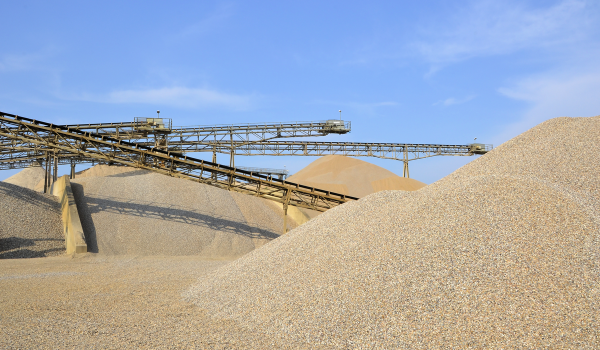What is Resource Recovery?
Resource recovery is the activity of separating materials from waste that can be recycled into new products or used as an energy alternative to fossil fuels and is actioned with the goal of diverting as much waste from landfill as possible. It’s a part of an important goal being adopted worldwide which is to secure a waste-free and more sustainable future.
The efficient use of resources is what underpins the objective of resource recovery in NSW and is shaped by a hierarchy of 3 priorities outlined in the Waste Avoidance and Resource Recovery Act 2001, which is avoidance, resource recovery, and disposal. This hierarchy is most popularly known by the mantra reduce, reuse and recycle.

Reduce
Out of all 3 priorities ‘Reduce, Reuse & Recycle’ the most effective and preferred method is the first step; which is to Reduce and avoid waste altogether. If we consider the energy required to produce products and the energy utilized in the recovery process, it is clear that the most efficient process in resource recovery is to ‘avoid unnecessary consumption’ as outlined by the Environmental Protection Authority (EPA).
An example of reduction and avoidance of waste can be experienced in supermarkets and retail outlets across Australia with the ban on single-use plastic bags being introduced. With a reported estimate of 1.5 billion bags prevented from landfill by December 2018 alone, it is evident that reduction and avoidance in the first place is the most powerful method of resource recovery.
Resource Recovery
When complete avoidance and reduction of waste are not possible, resource recovery is most important. This not only involves the effective recovery of materials for recycling (processing waste materials to make the same or different products) but also, their re-use (without further processing).
During the recovery process, the waste is processed by machine and hand sorting to extract all recoverable materials for re-use and recycling. Materials are separated and processed for re-use – soil is screened, masonry is crushed, timbers and vegetation are mulched, while metals, glass, plastics, and cardboard are sent for recycling. Whether it’s gravel for a rural road, mulch for landscaping in a city park, or a new glass bottle for soft drink, the bulk of the waste stream is re-purposed while the remaining residue of non-recyclable material is taken to certified landfill sites.
Great advancements and investments have been made in terms of resource recovery and increasing the amount of waste that is ultimately diverted from landfills. Waste Management experts such as Grasshopper Environmental have managed to achieve up to 90% in landfill diversion from the Building & Demolition waste stream alone. This is a significant achievement especially as we consider that the Building sector contributed to 20.4 Mt (Millions of Tonnes) of waste along in 2016-2017 according to the National Waste Report 2018 prepared for the Department of the Environment and Energy.
Landfill
Although avoidance and recovery are able to divert large amounts of waste from landfills, there are certain waste types that cannot be recycled. For these waste types, landfills are used to dispose of non-recyclable waste. In Australia, there are approximately 600 officially registered landfill sites and an estimated 2000 unregulated smaller sites. According to the Waste generation and resource recovery in Australia report prepared for the Department of Sustainability, Environment, Water, Population, and Communities, 75% of landfill waste is directed to 38 sites in Australia.
Ethical waste management providers divert waste to regulated, well-managed landfills that employ best practices and invest in resource recovery. These are waste management providers that contribute to landfill levies to further advancements in resource recovery and effectively invest in a more sustainable future.
The sweet spot Australia and the world is striving for in waste management is for a circular economy and a waste-free future. Many advancements have been made in resource recovery in Australia alone however the combination of the 3 priorities Avoidance, resource recovery and recycling are key in greater environmental outcomes for Australia’s waste situation.

